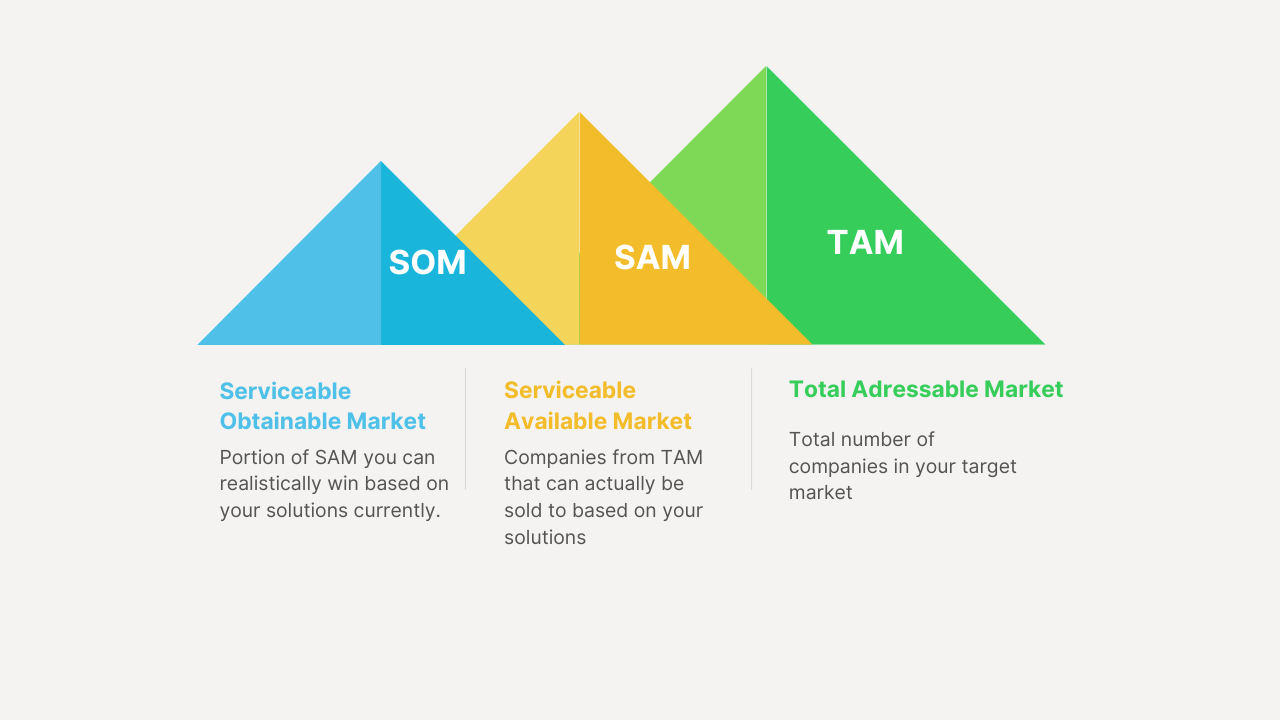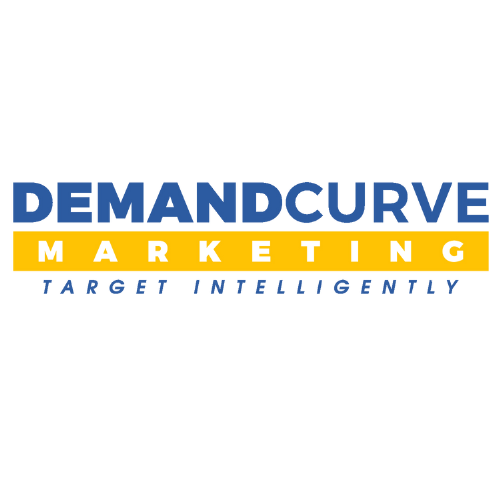
TAM, or Total Addressable Market, represents the total revenue opportunity available if a product or service achieves 100% market share. It answers the question: "How big is the potential market for this product?"
If your company sells a new type of smartphone, the TAM would include all global consumers who might buy a smartphone, reflecting the maximum revenue possible if every potential customer bought your product.
SAM, or Serviceable Available Market, is the portion of the TAM that your business’s products or services can serve. It’s a more realistic estimate that considers geographic, regulatory, and product-specific constraints.
Using the smartphone example, if your company only operates in North America and only targets premium smartphone users, the SAM would include just those consumers in North America who are likely to buy premium smartphones.
SOM, or Serviceable Obtainable Market, represents the share of the SAM that your business can realistically capture, considering competition, market conditions, and your company’s capabilities. It answers the question: "What portion of the market can we achieve in the short term?"
For your smartphone business, the SOM would be the actual market share you can capture in North America’s premium smartphone segment, considering factors like competition, brand recognition, and marketing effectiveness.
In conclusion, TAM, SAM, and SOM are critical tools for any business looking to understand its market potential and strategize effectively. By accurately defining and differentiating these metrics, businesses can make informed decisions, allocate resources wisely, and set realistic growth targets, paving the way for sustained success.

